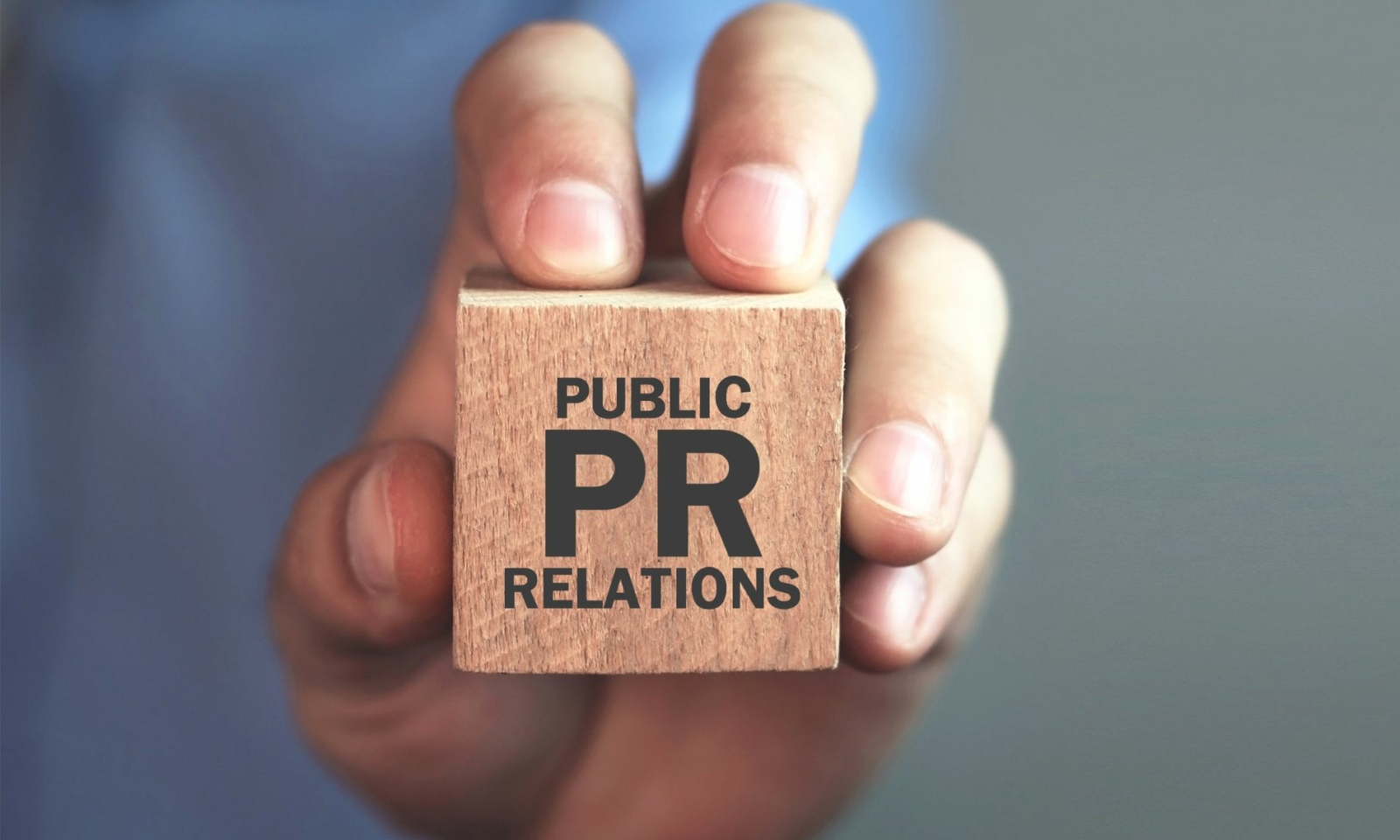Two distinct PR strategies reign supreme: reactive and proactive PR.
While both approaches aim to manage a brand’s reputation and perception, they employ different tactics. Understanding the nuances between these two is crucial for any business aiming to craft a successful PR strategy.
In this blog post, we’ll delve into the differences between reactive and proactive PR, and explore which may be more effective in different scenarios.
What is reactive PR?
Handling the unexpected
Reactive PR is, as the name suggests, is driven by responses to external events. The focus is on managing and mitigating negative publicity that arises unexpectedly. Reactive PR involves monitoring media channels, social platforms, and other relevant sources to identify potential issues or crises as they unfold.
Some key features of reactive PR include:
Crisis management: reacting to negative events, scandals, or controversies in real-time to protect the brand’s reputation.
Damage control: crafting responses and strategies to minimise the impact of negative publicity on stakeholders and brand image.
Rapid response: acting swiftly to address emerging issues before they escalate into a full-blown crisis.
Reactive PR examples
Newsjacking: creating content that ties into trending topics or events to become a part of the conversation to capitalise on the traffic and publicity they generate.
Statements/press releases: issuing a reactive statement or press release in response to breaking news as and when it occurs, to make sure you’re one of the first to speak on an issue and take control of the narrative.
Leveraging social media: engaging in real-time conversations with industry players or stakeholders to capitalise on engagement and exposure.
What is proactive PR?
Shaping the narrative
Proactive PR, on the other hand, involves anticipating and influencing public perception before issues arise (if they arise at all). Rather than merely reacting to events, proactive PR is about actively shaping the narrative surrounding a brand through strategic storytelling, engagement efforts and collaborations. This approach focuses on building and maintaining a positive reputation over the long term, in order to build a community and increase sales/leads.
Key elements of proactive PR include:
Brand building: establishing a strong and positive brand identity through consistent messaging and storytelling.
Thought leadership: positioning key executives or spokespersons as industry experts through thoughtfully curated content and media outreach.
Relationship building: cultivating relationships with media outlets, influencers, and other stakeholders to foster positive coverage.
Proactive PR examples
Thought leadership content: creating whitepapers, articles or industry reports that provide valuable insights, positioning yourself or brand as an industry leader. Guest articles for well-established or niche publications are a commonly-seen example of this.
Industry events: leveraging industry events or conferences to to build relationships with key players in your sector and benefit from the publicity these events generate.
Monitoring journalist requests: using media databases or social media to actively monitor and respond to journalist requests for quotes, products or guest articles related to your product of service offering.
Influencer marketing: approaching relevant influencers or public figures to promote your products or services to an engaged audience.
So, which is more effective?
The effectiveness of reactive versus proactive PR ultimately depends on the context and goals of the business. Reactive PR is important for managing crises and addressing immediate threats to reputation. However, relying solely on reactive tactics may leave your business vulnerable to recurring issues and damage control mode.
On the other hand, proactive PR enables a business to shape public perception proactively. By investing in proactive strategies, brands can establish themselves as industry leaders, cultivate loyal audiences, sell more products and maintain a positive reputation over time.
The type of business you’re operating may also determine which PR strategy you tend to lean more on. For example, public sector organisations may rely more on reactive PR tactics (such as crisis communications) than an ecommerce business, for example, but all business types should be prepared to act upon any negative press.
A balanced approach that integrates elements of both forms of PR is often the most effective. By combining reactive crisis management with proactive reputation-building efforts, businesses can navigate the complexities of public perception and maintain some level of control over how they are portrayed by the media.
Need a hand cultivating more balanced approach to digital PR? Our team can help – send us a message and we’ll be in touch.

